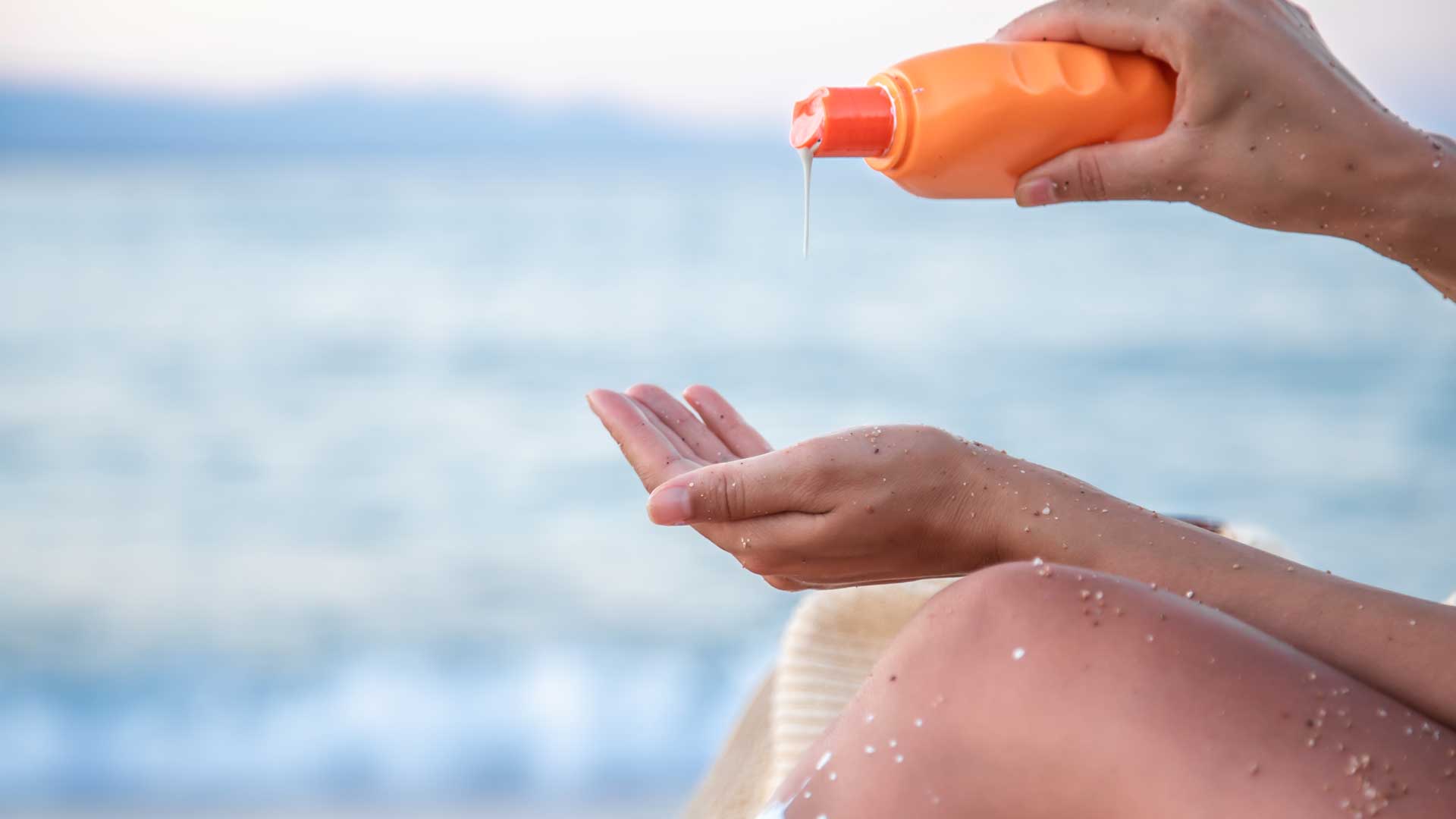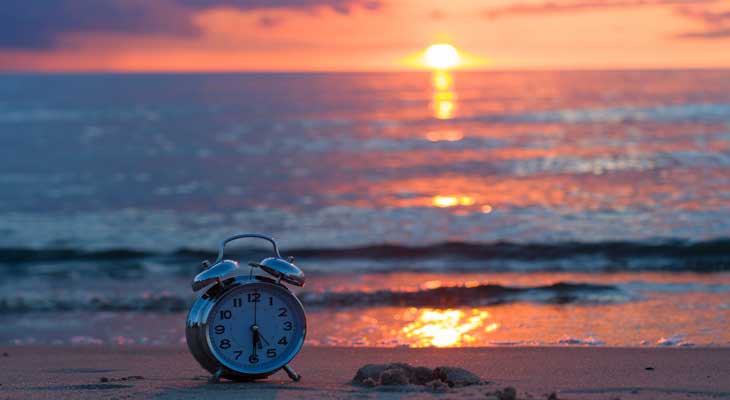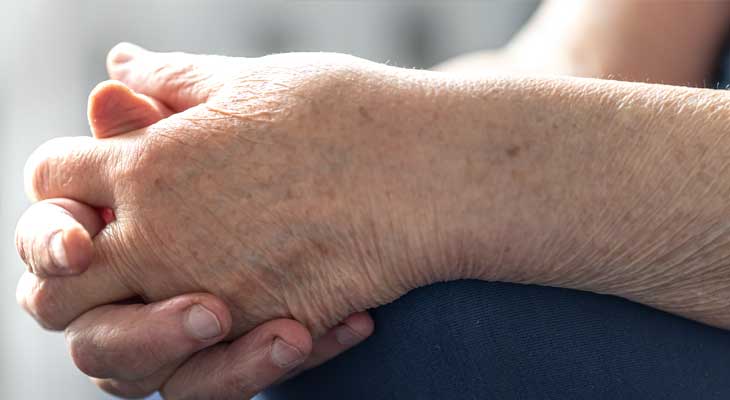Sunscreen is one of the simplest yet most effective tools we have for protecting our skin from the harmful effects of the sun. Every time you apply it, you’re creating a barrier that helps reduce the risk of sunburn, premature aging, and even skin cancer. But how does it actually work?
The sun emits two main types of ultraviolet (UV) radiation that affect our skin: UVA and UVB rays. UVA rays penetrate deep into the skin, contributing to aging and long-term damage, while UVB rays are responsible for sunburn. Sunscreens are designed to protect against one or both types of these rays, depending on whether they’re labeled as “broad spectrum.”
There are two main types of sunscreen ingredients: physical (mineral) and chemical. Physical sunscreens, like zinc oxide and titanium dioxide, act like tiny mirrors that sit on top of the skin and reflect UV rays away. Chemical sunscreens, on the other hand, contain ingredients such as avobenzone or octocrylene that absorb UV radiation and convert it into harmless heat before it can damage skin cells.
The Sun Protection Factor (SPF) you see on the label measures how well a sunscreen protects against UVB rays. For example, SPF 30 filters out about 97% of UVB rays, while SPF 50 blocks around 98%. No sunscreen blocks 100% of UV rays, which is why reapplication—every two hours or after swimming or sweating—is essential.
In short, sunscreen works by forming a protective shield between your skin and the sun’s rays. When used correctly, it helps preserve your skin’s health, slows the effects of aging, and reduces the risk of serious damage over time. Whether it’s a bright summer day or a cloudy afternoon, applying sunscreen is one of the best daily habits for long-term skin protection.
Sun exposure and especially sunburn are significant risk factors in developing skin cancer. If you have noticed changes in your skin after sun exposure or sunburn, we highly recommend that you have this checked by a qualified skin cancer doctor.
Note: Information provided in this blog is of a general nature and is not a substitute for advice from a medical professional. Please be advised that blog posts are not necessarily written by medical professionals. All care has been taken to ensure the accuracy of information provided, however, no guarantee is made that it is free from error. Mention of any specific products or services in the context of a blog post does not indicate an endorsement of that product or service. This includes any images used in blog posts. Molescope always recommends that any medical advice is sought directly from medical professionals.






